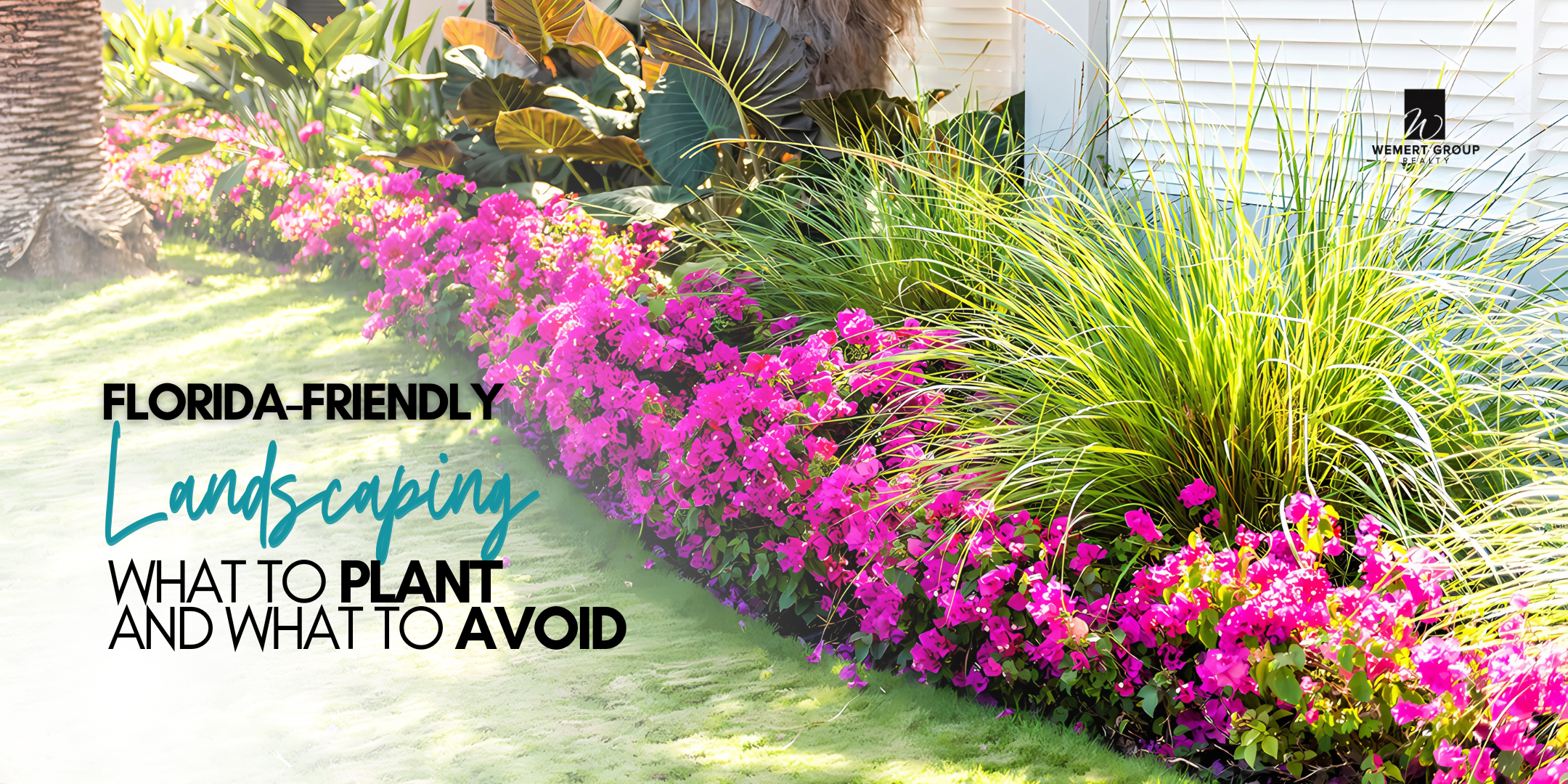Florida’s sunshine, rain, and tropical climate create a unique gardening opportunity—but they also come with their own challenges. Whether you’re a seasoned gardener or a first-time homeowner, choosing the right plants can make all the difference between a lush, low-maintenance yard and one that constantly needs care (and water).
Here’s your guide to creating a Florida-friendly landscape—what thrives here, what doesn’t, and how to make your yard both beautiful and sustainable.
What Is Florida-Friendly Landscaping?
Florida-Friendly Landscaping (FFL) is about creating a yard that works with Florida’s climate—not against it. This means using native or well-adapted plants, conserving water, reducing the need for chemicals, and supporting local wildlife.
The result? A landscape that’s not just beautiful but also low-maintenance, eco-conscious, and often more budget-friendly in the long run.
What to Plant: Florida-Friendly Favorites
Here are some top plant picks that thrive in Florida’s conditions—heat, humidity, rain, and even drought:
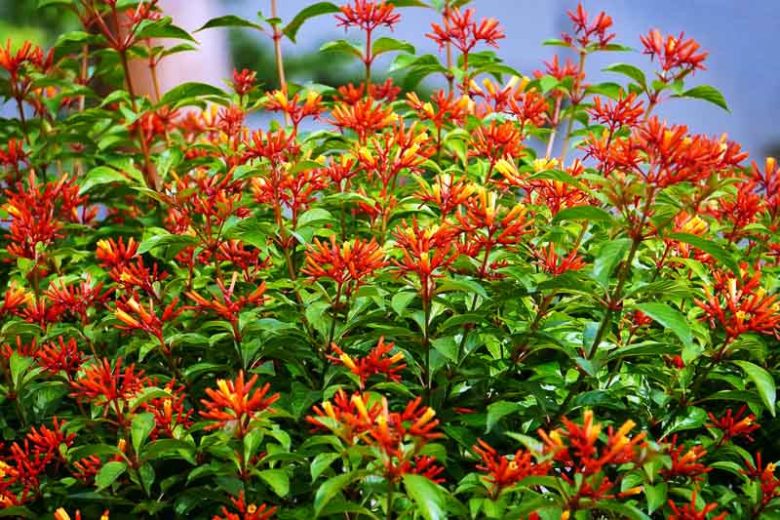
1. Firebush (Hamelia patens)
- A native Florida shrub that attracts butterflies and hummingbirds.
- Tolerates heat, drought, and even poor soil.
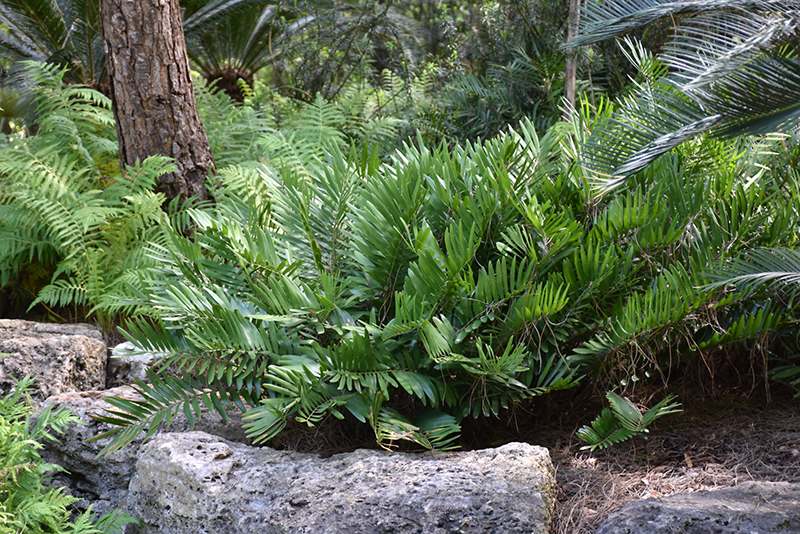
2. Coontie (Zamia integrifolia)
- A low-growing native plant that looks like a small palm.
- Drought-tolerant and easy to care for.
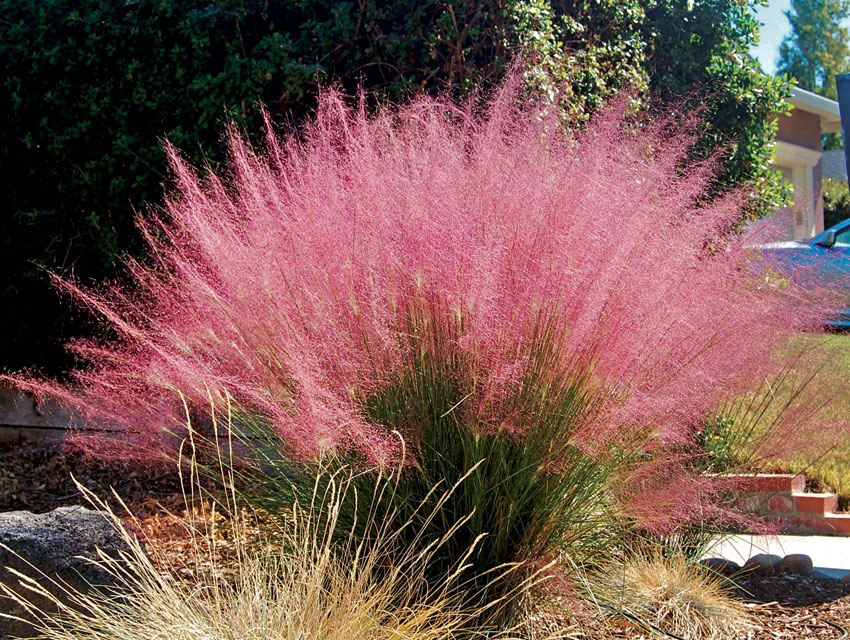
3. Muhly Grass (Muhlenbergia capillaris)
- Adds texture and color, especially in the fall when it blooms pink.
- Grows well in full sun and requires little water.

4. Beautyberry (Callicarpa americana)
- A native shrub known for its vibrant purple berries.
- Thrives in partial shade and supports wildlife.

5. Sea Grape (Coccoloba uvifera)
- Great for coastal areas and sandy soil.
- Makes a striking privacy hedge and provides food for birds.
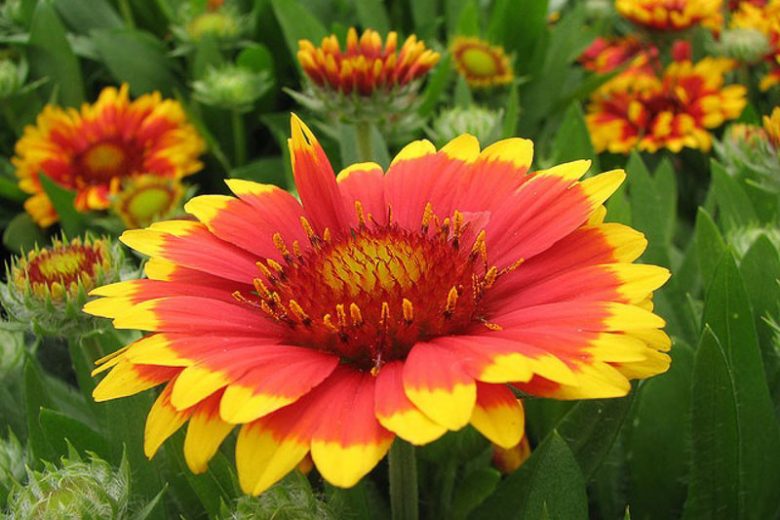
6. Blanket Flower (Gaillardia pulchella)
- A colorful wildflower perfect for sunny spots.
- Attracts pollinators and thrives in sandy soil.
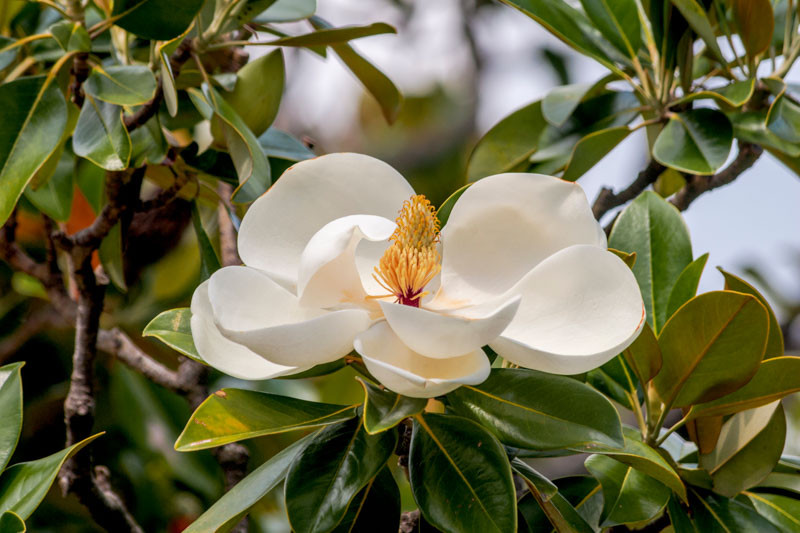
7. Southern Magnolia (Magnolia grandiflora)
- A classic Florida tree with large, fragrant flowers.
- Evergreen and well-suited for larger yards.
What to Avoid: Invasive or High-Maintenance Plants
Some plants may look appealing at the garden center, but they can be problematic in Florida’s environment. These either require too much water, attract pests, or spread aggressively and harm native ecosystems.
Avoid These Common Culprits:

1. Brazilian Pepper (Schinus terebinthifolius)
- Highly invasive and known to choke out native vegetation.
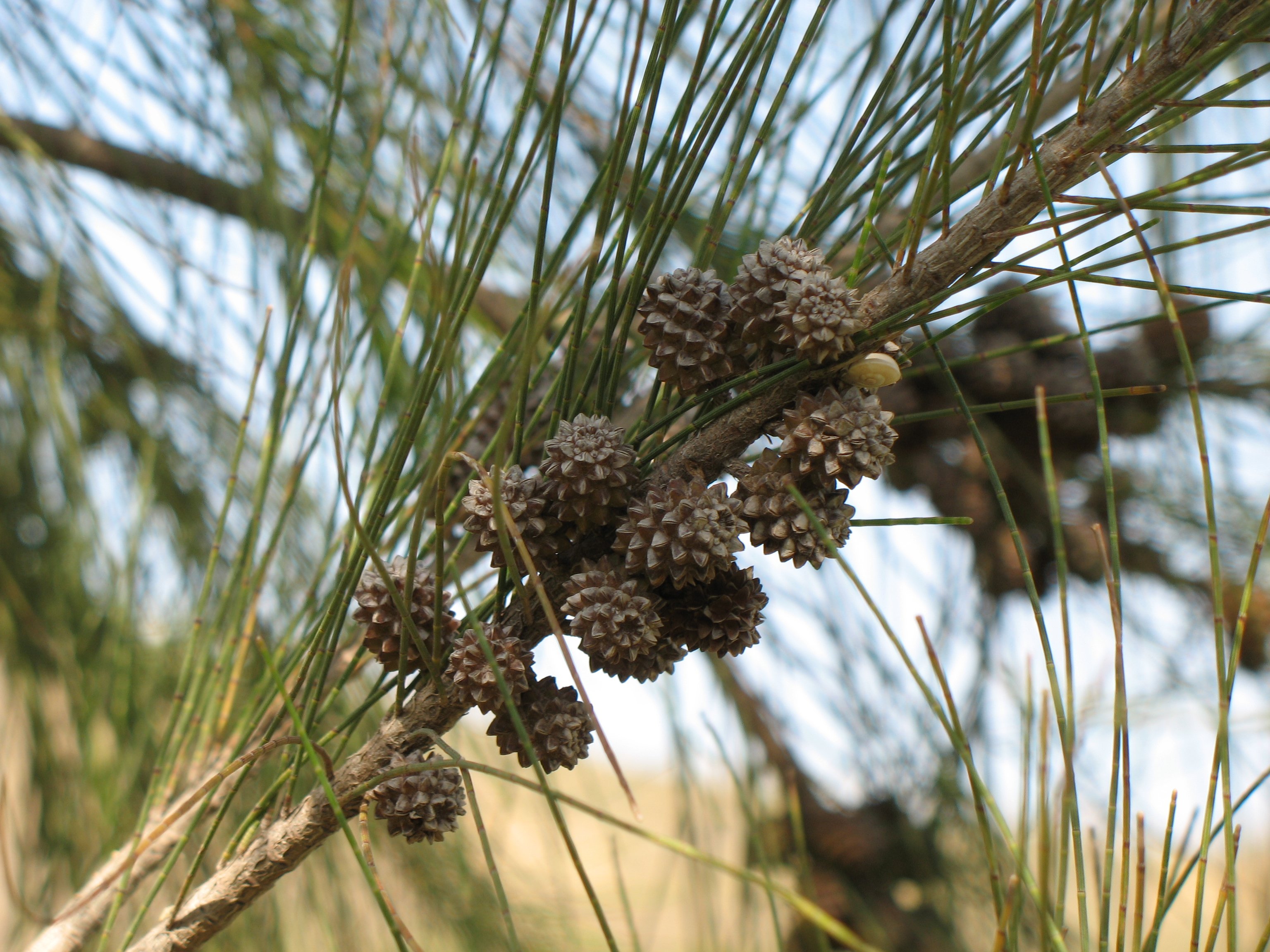
2. Australian Pine (Casuarina spp.)
- Disrupts natural coastal systems and prevents other plants from growing.
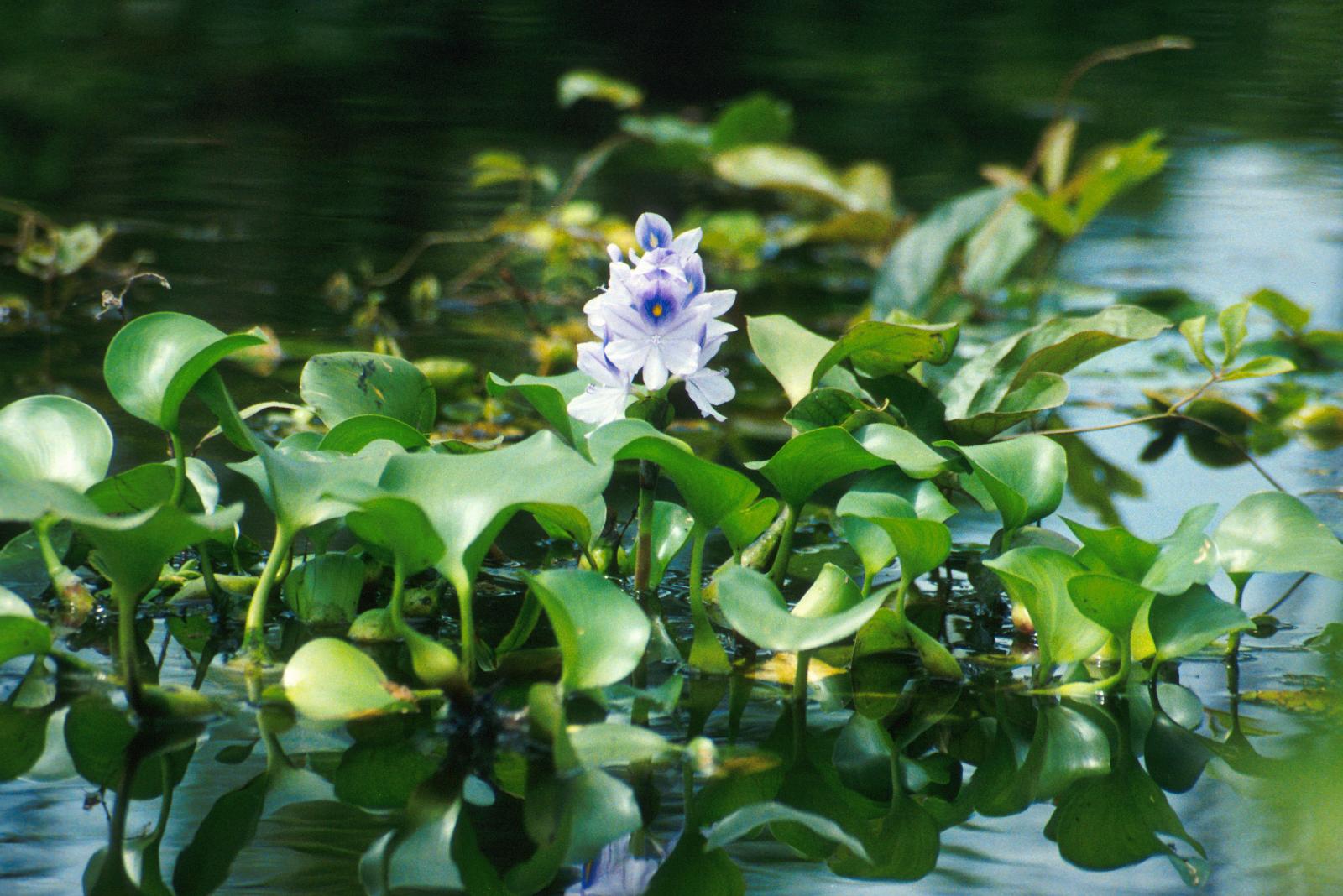
3. Water Hyacinth (Eichhornia crassipes)
- Clogs waterways and chokes out aquatic life.
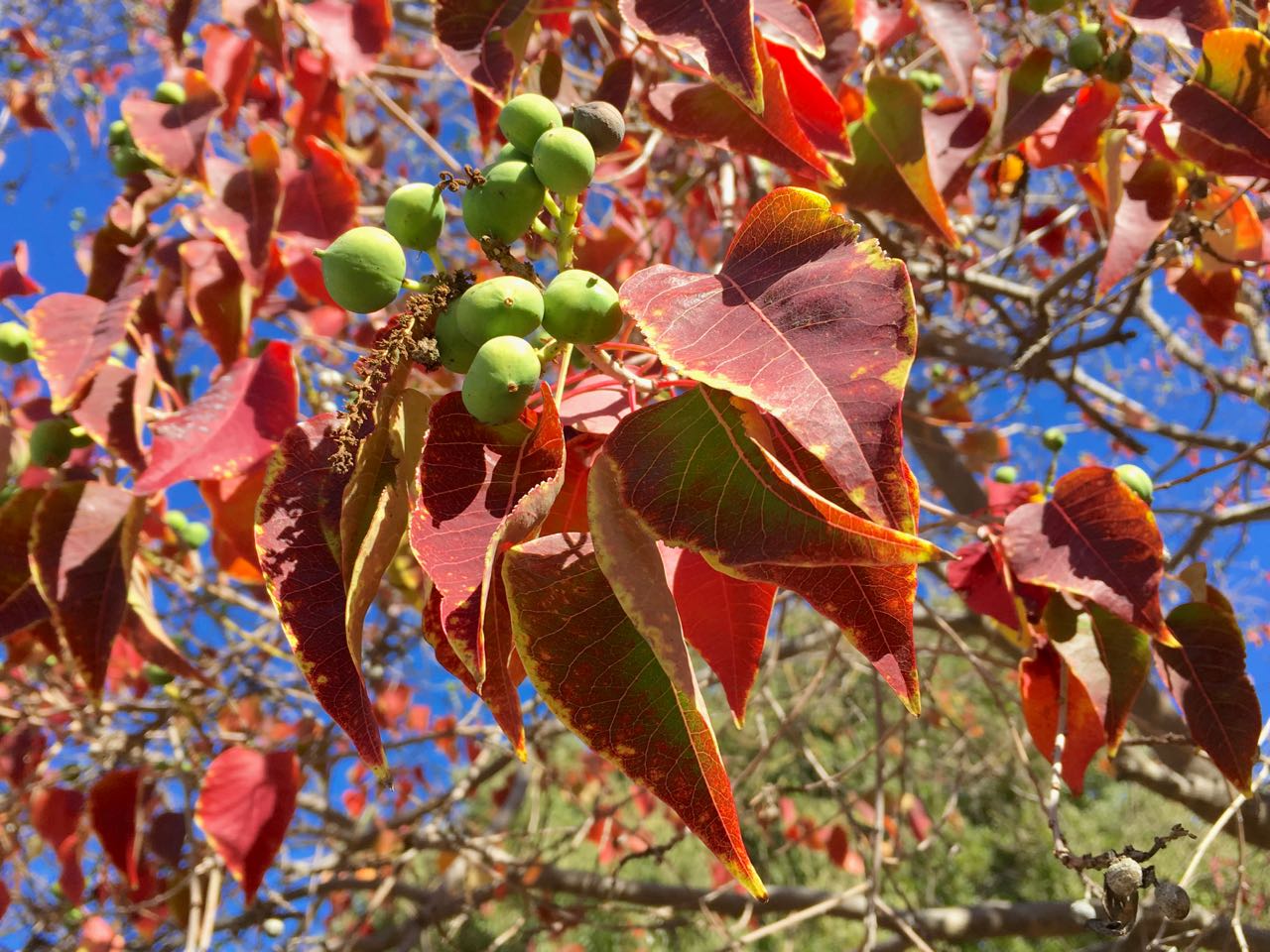
4. Chinese Tallow Tree (Triadica sebifera)
- Quickly spreads and is difficult to control once established.
:max_bytes(150000):strip_icc()/st-augustine-grass-care-guide-5199869-hero-15bc2f176ca3487b84a6b7b8d5efde9e.jpg)
5. St. Augustine Grass (in certain areas)
- Popular for lawns but often requires high water and fertilizer use to stay green.
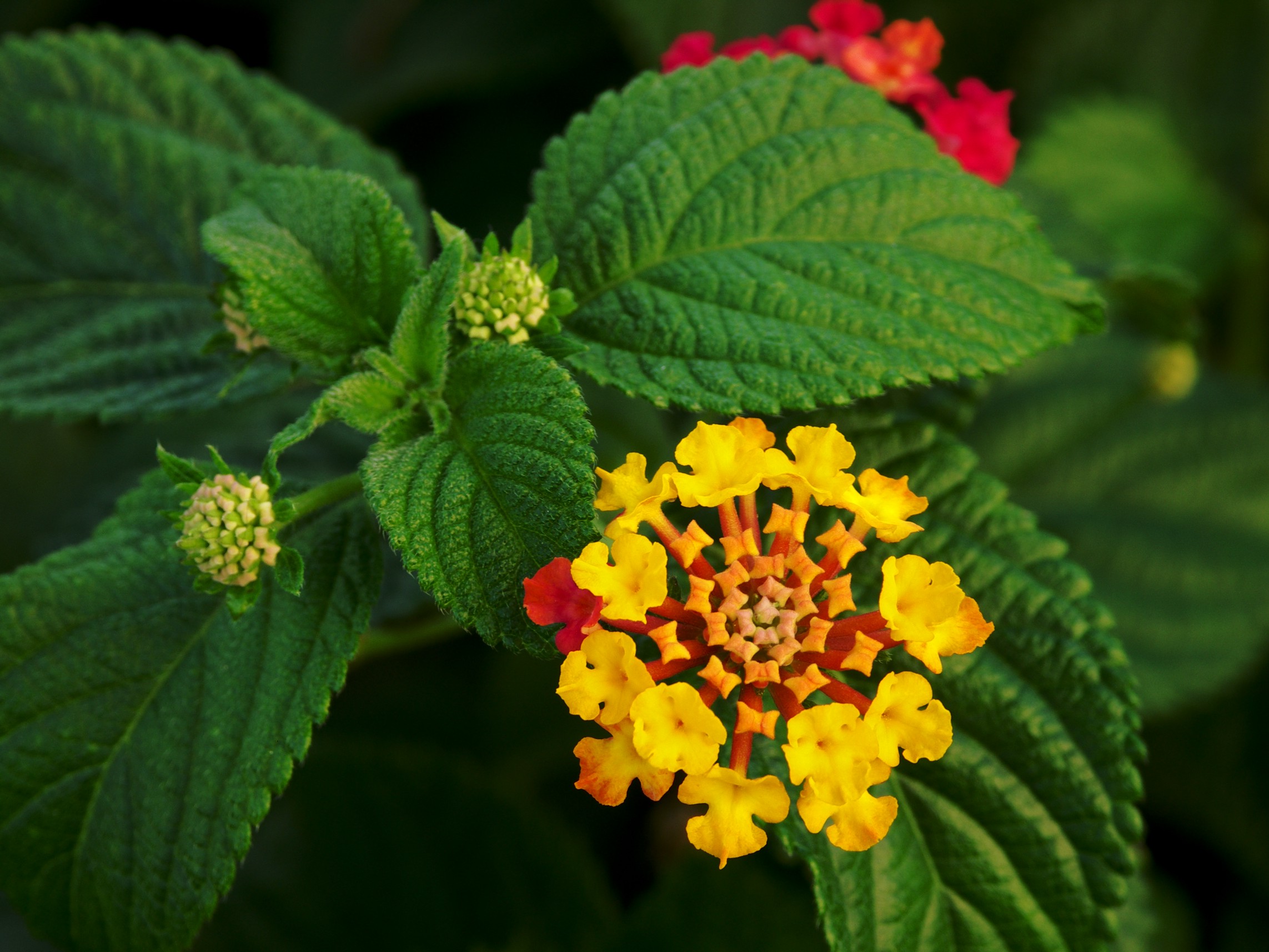
6. Lantana camara (non-native variety)
- Often confused with native lantana, this version is invasive and harmful to butterflies.
Tips for a Successful Florida-Friendly Landscape
- Use Mulch: Helps retain moisture and prevent weeds.
- Group Plants by Water Needs: Reduce overwatering by placing drought-tolerant plants together.
- Add a Rain Barrel: Collect rainwater for garden use.
- Use Organic Fertilizers Sparingly: Prevents harmful runoff into waterways.
- Leave Some Wild Areas: Native wildlife, especially pollinators, thrive in natural, untamed corners of your yard.
Final Thought: Let Nature Work for You
Landscaping in Florida doesn’t have to be complicated. By choosing the right plants and avoiding the wrong ones, you’ll save time, money, and resources—and help protect Florida’s natural beauty.
If you’re a homeowner looking to update your yard or a future buyer dreaming of a lush outdoor space, remember: a Florida-friendly yard is not only smart—it’s stunning.
Looking for a home with space to garden or want help getting started with curb appeal that sells? We’d love to help you find a place you’ll love inside and out. Reach out today.

